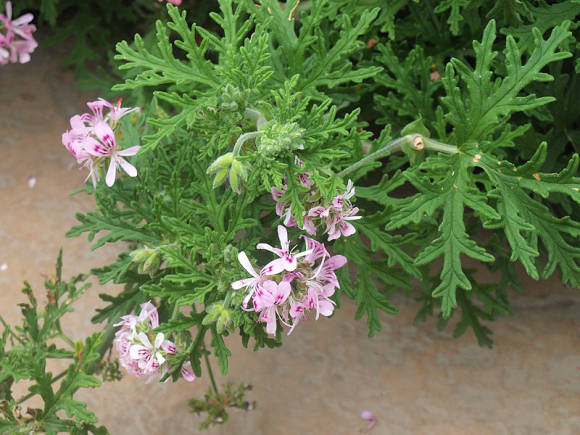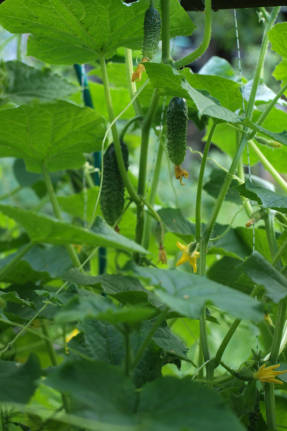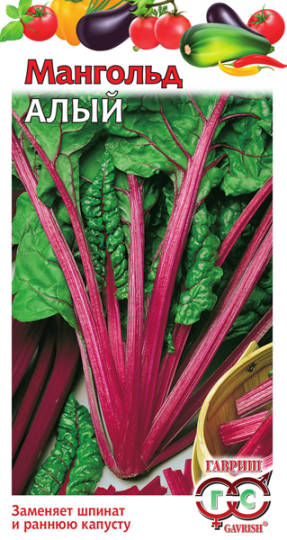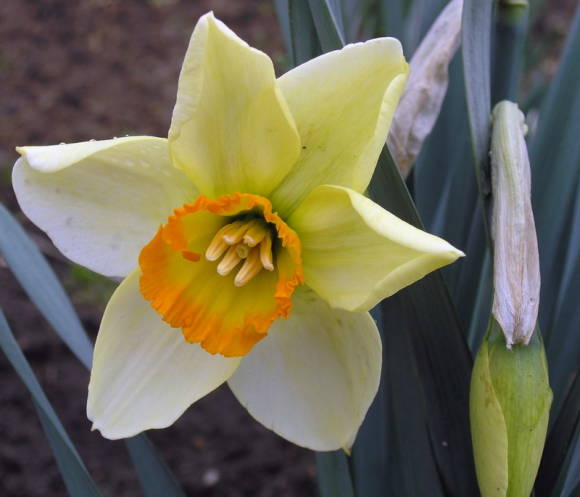 Eggplants occupy a special place among vegetables due to the unusual "mushroom" taste and the original shape of the fruit. Getting an eggplant crop isn't that difficult. To do this, it is enough to have a film greenhouse and follow the basic rules of agricultural technology. As with many long-growing crops, half of the success of eggplant growing depends on the quality of the seedlings.
Eggplants occupy a special place among vegetables due to the unusual "mushroom" taste and the original shape of the fruit. Getting an eggplant crop isn't that difficult. To do this, it is enough to have a film greenhouse and follow the basic rules of agricultural technology. As with many long-growing crops, half of the success of eggplant growing depends on the quality of the seedlings. Eggplants are sown in late February - early March. Before this time, sowing, if additional illumination cannot be provided, is impractical. In addition, prematurely grown seedlings by the time of planting in the greenhouse will be strongly overgrown, which will have a bad effect on their survival rate.
You can buy soil for sowing at the store or prepare yourself. To do this, you need to mix 4 parts of low-lying peat, 3 parts of humus or compost and 1 part of river sand. Three matchboxes of superphosphate and a glass of wood ash (or half a glass of potassium sulfate) are added to a bucket of such a mixture, after which they are thoroughly mixed.

Boxes or trays, two-thirds full of nutrient soil, spill well and leave for a while to allow the soil to soak in moisture. Then, grooves 0.5 cm deep are pressed through, and seeds are laid out in them at a distance of about 1 cm from each other. The trays are covered with glass or foil to prevent the soil from drying out, and placed in a warm place (the optimum temperature is 25 ° C) until shoots appear. With the germination of the first seeds, the film must be immediately removed, and the containers with the seedlings must be rearranged to a cooler and brighter place to prevent the seedlings from stretching out. Overgrown seedlings are candidates for quick death from the "black leg" - one of the most dangerous diseases of seedlings.
In eggplant, the damaged root system is difficult to recover, therefore, the picking (transplanting) of seedlings should be carried out as soon as the cotyledons unfold in order to injure it as little as possible. You can grow seedlings without picking, laying out the seeds immediately in separate small (about 0.1 l) pots. Over time, the seedlings are transplanted into larger pots, with a volume of at least 0.5 liters.
Eggplant has a large leaf area (twice as large as pepper), so you shouldn't forget to water the seedlings often and abundantly. The need for water in plants increases during the growth process. Since the soil in small (especially peat) pots dries out very quickly in the bright sun, it is better to place them in trays, into which water is topped up as needed. However, the water should not stagnate, this can lead to root rot.At first, the seedlings have enough of those nutrients that are in the seedling mixture, but as the plants grow, increased nutrition is required, and here you cannot do without top dressing. It is better not to rack your brains by mixing simple and often poorly soluble fertilizers, but to use commercially available complex fertilizers containing in the right proportion all the macro- and microelements necessary for plants. In 10 liters of water, dilute 25 g of "Solution", "Kemira" or any other complex fertilizer. The seedlings are watered with this solution throughout the entire growing period instead of water (watering at the root, in small doses).
Already in March, natural light is enough for the plants, you just need to help them capture the sunlight as much as possible. The simplest advice is to keep windows clean. A reflective screen can be installed. As they grow, the pots with seedlings are placed so that the leaves do not touch each other. This is a must-have technique that should be applied throughout the entire time of growing seedlings.
The grown seedlings should be gradually accustomed to fresh air - "hardened".At a temperature of 15 ° C and above, the plants are recommended to be taken out into the open air (but not under the scorching rays of the sun, otherwise the leaves will burn inevitably), gradually increasing the "walk" time.
Seedlings ready for planting should reach a height of 20-25 cm, have 7-8 healthy leaves and 1-2 buds. At the end of May, seedlings are planted in a permanent place in a film or glass greenhouse, placing no more than three or four plants on an area of 1 square meter, since eggplants do not tolerate shading at all.

Varieties and hybrids are selected depending on the type of greenhouse and the length of the growing season. For unheated greenhouses, greenhouses and open ground, the fastest ripening low-growing forms with a compact bush are selected, characterized by high plasticity to temperature, with a friendly yield. In spring heated greenhouses, preference is given to the more early maturing medium-sized (80-150 cm). In an extended turnover in winter greenhouses, large-fruited tall forms (up to 2-2.5 m high and above) are grown with prolonged growth and fruiting.









